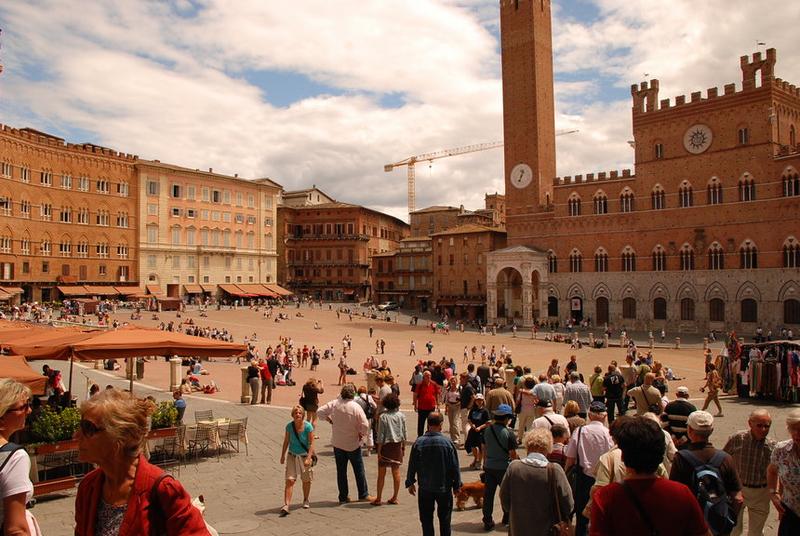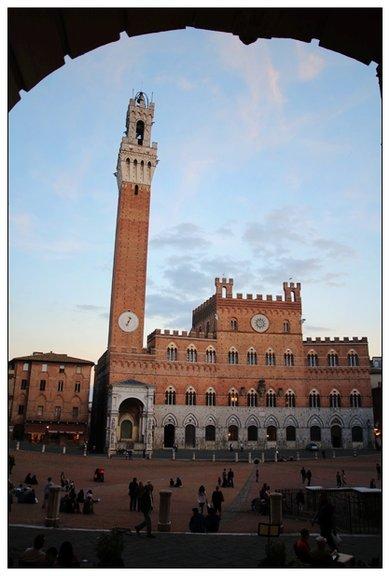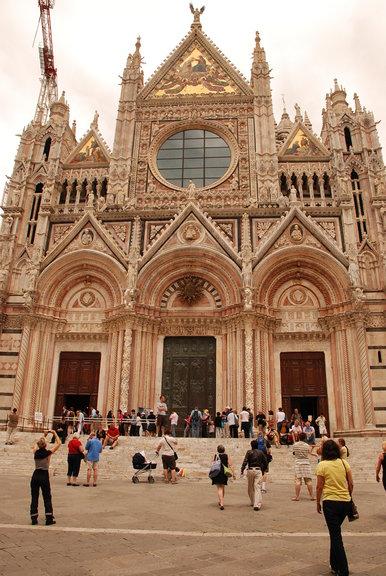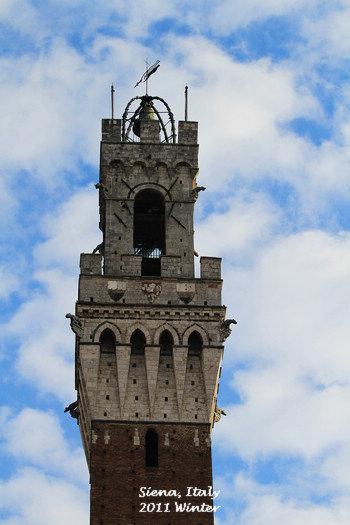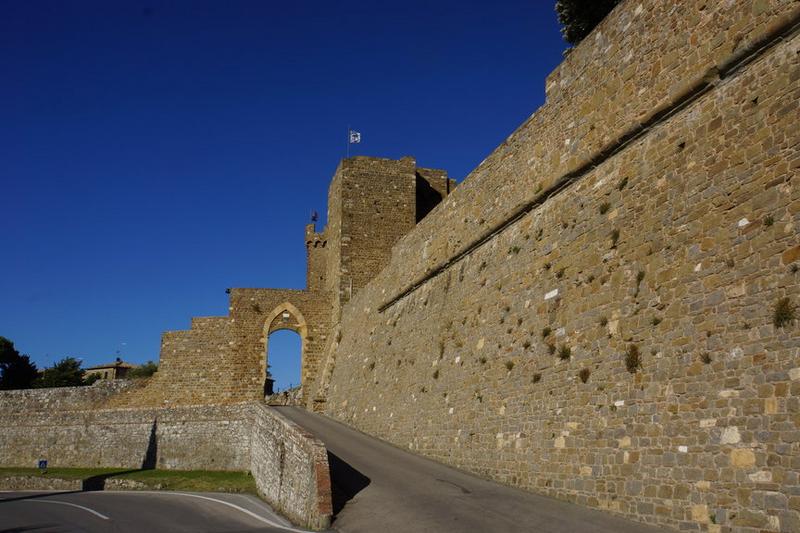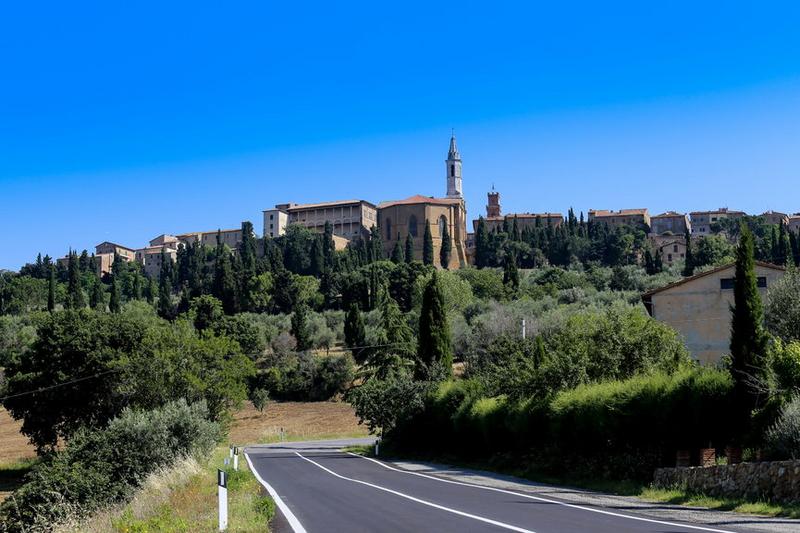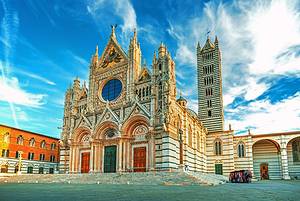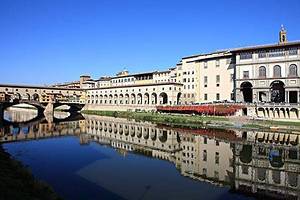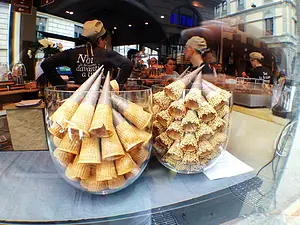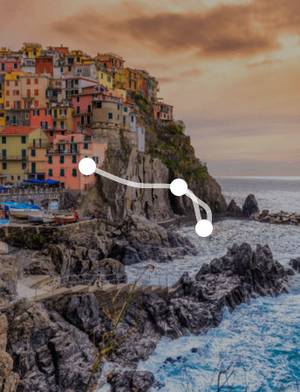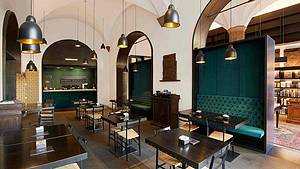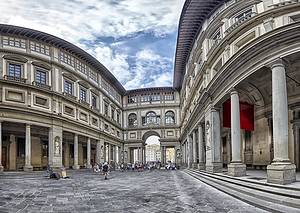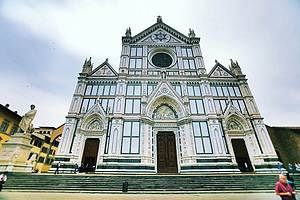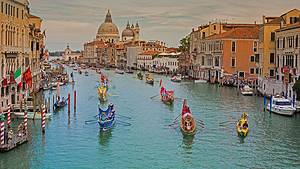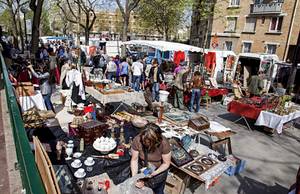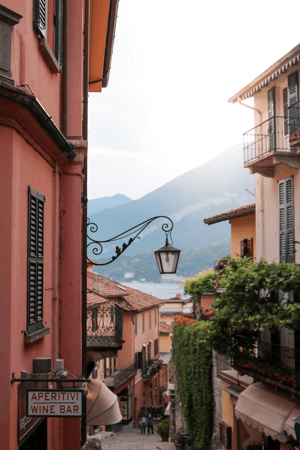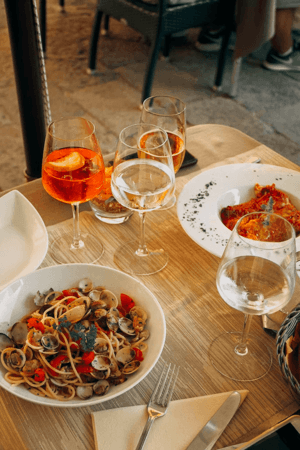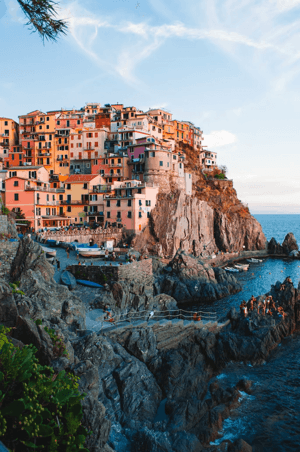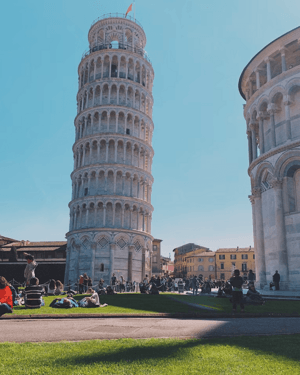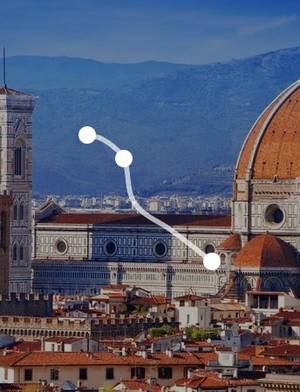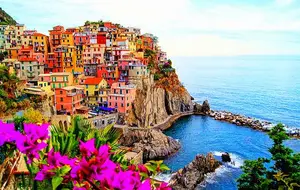3-day self-driving route in Tuscany region
6 cities |
10 attraction(s) |
total distance 152
km
 TIPS
TIPS
Day1
Day2
Day3
Day1: San Gimignano > Siena
5 attraction(s) ·
46 km
1
This is a mini version of the town of San Gimignano, showcasing its medieval appearance and featuring a historical maze and a charming timeline detailing the town's history. This quirky and fun activity revolves around the streets of the medieval town, where participants need to solve puzzles, riddles, and traps. The protagonist will receive a package including a map (showing the city in the 13th century), a pen, and a 14-page booklet containing not only hunting puzzles, but also detailed explanations of all the towers, four districts, and the most important families of that period still existing today. This treasure hunt activity is available in Italian, English, and French versions.
43
km
2
Campo Square (also known as Shell Square because of its shape) is the center of the city of Siena, and one of the largest surviving medieval squares in Europe. Facing the square is the Siena Town Hall and Tower, which houses the Municipal Museum with numerous paintings from the Sienese School, including Ambrogio Lorenzetti's "Allegory of Good Government" and "Allegory of Bad Government." The tower, called Torre di Mangia, is the tallest building in Siena and the second tallest tower in Italy, reaching a height of 102 meters. Visitors can climb the 55 flights of stairs to the top and enjoy a panoramic view of the beautiful city of Siena. The square is surrounded by many cafes, souvenir shops, restaurants, and noble residences. The 11 roads leading from the square extend to all corners of the city. On one side of the square is the famous Fonte Gaia, a joyous fountain dating back to the 14th century and one of the earliest fountains created using hydraulic systems. The fountain's reliefs depict religious scenes. Another famous feature of Campo Square is the biannual horse race known as the Palio, which originated in the Middle Ages and is a major event for the 17 districts of Siena. Before the race, there is a grand procession in period costumes and circus performances. Although the entertainment value of the race now outweighs its athletic significance, the intensity of the competition rivals that of the Olympic Games!
3
The municipal hall, which forms the foundation of the square, is a splendid example of Sienese Gothic architecture. The Museo Civico inside the town hall houses exquisite wall paintings. The 102-meter-high Torre del Mangia tower was built in 1297 and stands tall above the square. Originally serving as the office space for the republican government, the town hall was built in the late 13th century. The lower part of the building is made of stone, while the upper part is made of brick, with a slightly curved facade adorned with evenly spaced eyelet holes. The central section of the town hall's facade features two levels of Gothic pointed arch triple windows, while Lombard-style blind arches are arranged on both sides and the top of the second floor. The town hall now serves as the location for the municipal museum, showcasing numerous paintings and sculptures related to the city's history, including the famous series of frescoes called "Good Government, Bad Government" in the museum's Council Room of Nine (La Sala dei Nove).
2
km
4
Museo dell'Opera metropolitana del Duomo
This is a very large church, and if it were completed, it might be the largest church in the world; unfortunately, it was only halfway built and became the current Siena Cathedral. The unfinished part has been transformed into a museum, and visitors can climb to the top floor of the museum to enjoy the panoramic view of the Tuscan mountains. Like other churches, Siena Cathedral is built with black and white marble, but in a unique pattern that resembles zebra stripes, which is also the style of Siena's football team uniforms. The Siena Cathedral is located near Piazza del Campo, and its iconic black and white tower can be seen from a distance, so just head towards the tower. Since there are no motor vehicles in the old town, there is no public transportation available.
2
km
5
The Mangia Tower, adjacent to the Town Hall, is the tallest medieval tower in Italy. In the mid-14th century, the outbreak of the Black Death in the city claimed nearly two-thirds of the population and dealt a huge blow to the city's development. After the disaster, survivors added a marble loggia to the tower to commemorate the Virgin Mary. The tower has a total of 332 narrow steps that can be climbed to the top for a panoramic view of Siena.
Day2: Montalcino > Pienza
3 attraction(s) ·
24 km
2
Pienza is a municipality in the Siena province of Tuscany, Italy. It is a Renaissance ideal town founded by Pope Pius II, with Gothic architecture and influences from the German style. The main square, Piazza Pio II, features 15th-century buildings such as the church, Piccolomini Palace, bishop's palace, and a town hall with a serrated tower. It was inscribed on the UNESCO World Heritage List in 1996.
1
km
3
Located on the south side of Piazza Pio II, the façade features typical Renaissance style, with a marble niche designed by architect Bernardo Rossellino (1409-1464) and five groups of sculptures created by Sienese artists that are particularly noteworthy.
Day3: Montepulciano > Viterbo
2 attraction(s) ·
83 km
1
Typical 16th century Tuscan architecture, located in the countryside southwest of the old town, is a Renaissance-style church built by Antonio da Sangallo the Elder, featuring stunning marble sculptures.
83
km
2
Civita di Bagnoregio, located in the province of Viterbo, about 120 kilometers north of Rome, is the prototype of "Castle in the Sky", created by Hayao Miyazaki. This small city is less than 300 meters long and only 200 meters wide, like an island city suspended in the air, especially on foggy days, it seems to float in the sky.
Civita di Bagnoregio was built during the Etruscan civilization period, from the 12th century BC to the 1st century BC. It used to be a prosperous city on a trading route but turned into an isolated island due to natural factors such as earthquakes in the 19th century. The ancient city is the birthplace of Saint Bonaventure, a medieval Italian philosopher and theologian, but his former residence collapsed due to its location on the edge of a cliff. Perched on fragile volcanic tuff, overlooking the Tiber River valley, the surrounding rocks of the cliff constantly erode and fall off. In 2004, there were plans to reinforce it with steel bars, and in 2006, it was listed on the World Monuments Watch's "100 Most Endangered Sites". The ancient city is also famous for its relatively well-preserved houses, which have escaped the disturbances of two world wars and urban modernization due to its relatively isolated geographical conditions.
Visiting this enchanting place requires some effort. The connection between the old city and the outside world is a one-kilometer-long viaduct, and walking across the viaduct leads to this "Castle in the Sky". Due to this, the permanent population of the small city fluctuates greatly with the seasons, with about 100 people in summer and only about 10 people in winter. Standing on its edge, you seem to be able to hear the silent waves of the world flowing through the Tiber River valley.
